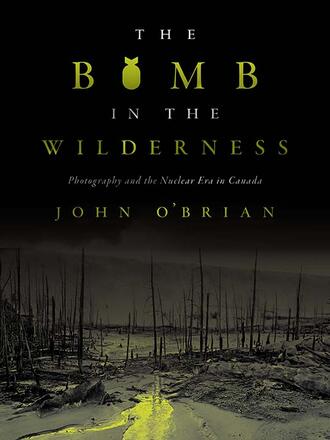
The Bomb in the Wilderness
Photography and the Nuclear Era in Canada
The Bomb in the Wilderness is an acutely perceptive analysis of Canada’s nuclear footprint through the medium of photography, revealing how we have represented, interpreted, and remembered nuclear activities since 1945.
Description
The Bomb in the Wilderness contends that photography is one of the principal ways that Canadians have represented, interpreted, and remembered nuclear activities since 1945. John O’Brian puts nuclear risk at the centre of his deeply informed inquiry. Do photographs alert viewers to nuclear threat, numb them to its dangers, or accomplish both? This wide-ranging and personal account of the nuclear era presents and discusses more than a hundred photographs, ranging from military images to the atomic ephemera of consumer culture. We need this fascinating analysis to ensure we do not look away.
Awards
- Commended, The Alcuin Society Awards for Excellence in Book Design: Prose Illustrated 2021
Reviews
Art historian O’Brian has brought together all his powers of observation and perception to help us rethink how we view the history and the mystery of the bomb.
- Ron Verzuh, author of Codename Project 9: How a Small British Columbia City Helped Create the Atomic Bomb
Employing an accessible yet scholarly approach, O'Brian does scholars of environmental, nuclear, and Cold War-era visual culture a great service as he brings together images and ideas in an interconnected web of analysis that complicates the chronological narrative of events, [showing] us that photography may either alert us to nuclear risk or numb us to its dangers.
- Karla McManus, University of Regina
O’Brian’s history of Canada’s involvement in the nuclear story forms an eye-opening reminder that, however we perceive the world, our individual view is never the whole picture.
- Peter M. Sramek, Professor Emeritus, Faculty of Art (Photography), OCAD University